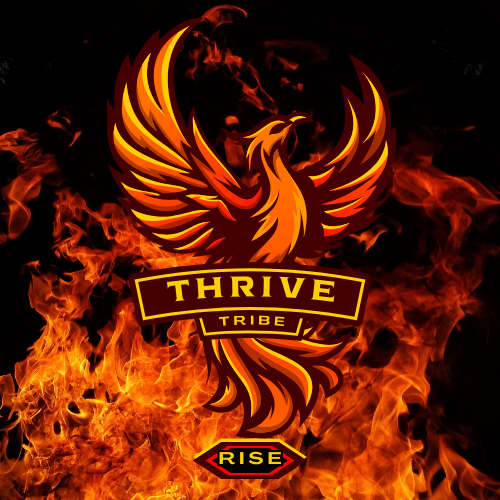Muscle growth is all about breaking down muscle fibers during exercise and allowing them to rebuild stronger. This magical rebuilding happens during rest, not in the gym. So, if you’re hitting the weights like there’s no tomorrow, remember, rest is where the gains live.
A lot of folks think the more you train, the better. But more isn’t always… well, more. Overdoing it without proper rest can leave those muscles screaming for mercy. It’s kind of like constantly using your phone without charging it up—it can’t last forever.
Rest isn’t one-size-fits-all, either. There’s active rest, where you’re still moving but in a more relaxed way, and passive rest, which is basically your crash-on-the-couch time. Knowing when to do each can seriously crank your training up a notch. Pay attention to what your body’s saying, and rest up accordingly. That’s how you keep on track without hitting those frustrating health hiccups.
How to ‘Recover Right’ – Best Practices for Effective Rest
Recovery is like the all-star player in your strength training routine that everyone overlooks. To really ace your recovery game, you need more than just a good night’s sleep, though that’s a big part of it. Sleep’s when your muscles do some heavyweight mending—aim for those eight hours when you can.
Nutrition’s another key player. Fuel up with the right balance of proteins, carbs, and fats to keep those muscles revved up and ready to rebuild. Don’t skimp on hydration, either. Water keeps everything running smoothly and is your best buddy when flushing out toxins.
Always tune in to your body’s feedback. If that achy knee is begging for a break, give it one. Pushing through constant fatigue just lowers your effectiveness and makes injury more likely. Recognizing when to hit pause can make all the difference.
Got your rest day strategy figured out yet? It’s not just about lounging around. Mixing in some light activity on certain rest days—like yoga or a relaxing bike ride—can really keep the momentum going without wearing you down. It’s all about finding the balance that works for you!
The Importance of ‘Rest and Recovery’ for Long-term Strength Training Success
Heard some pros talk about their training routine? They’ll probably tell you that days off are just as important as days on. Rest and recovery aren’t just buzzwords. They’re crucial for long-term success in strength training. They help you not just maintain your progress but push past those frustrating plateaus.
When the gains seem to stall, and you’re working hard but not seeing results, proper recovery can get things moving again. Rest gives your body time to adapt and grow, setting the stage for the next round of progress.
Getting the rest and recovery part right is a balancing act. Too little, and you risk burnout or injury; too much, and you’re not challenging your muscles enough. Tailoring your training and recovery based on personal goals is vital. Listen to those who’ve walked the path before you—they know what they’re talking about.
Creating a sustainable fitness lifestyle is about smart recovery strategies, not just lifting heavier and grinding harder. Personalize your routine, pay attention to your body’s cues, and keep in mind that the best routines include both challenge and repose. It’s all about finding that sweet spot for yourself.
